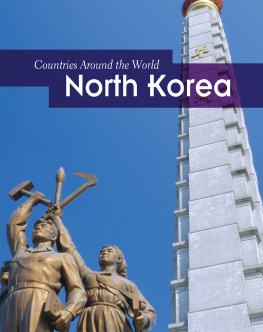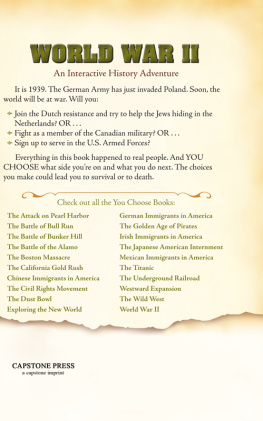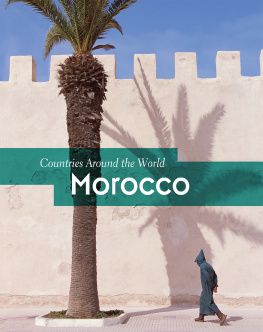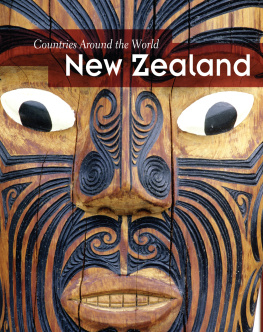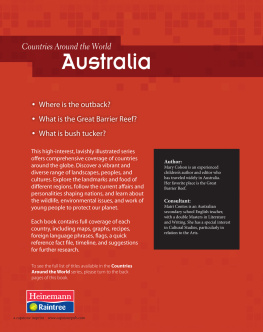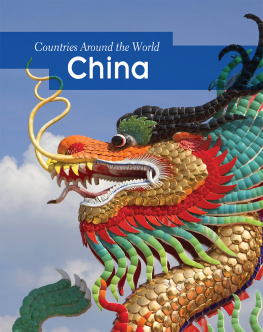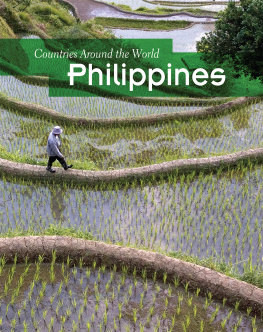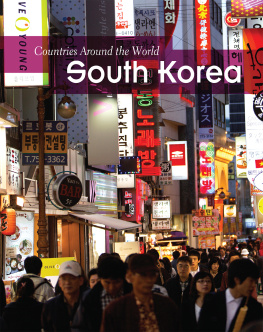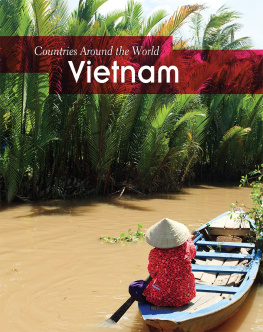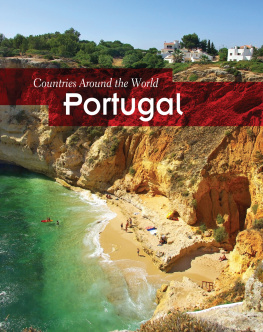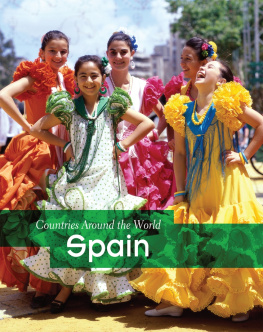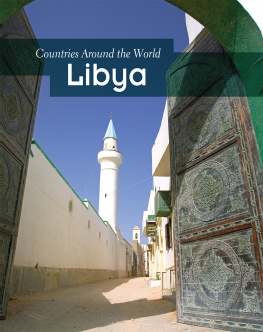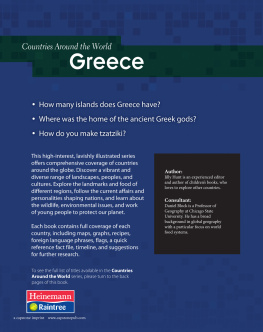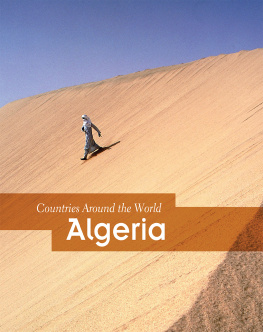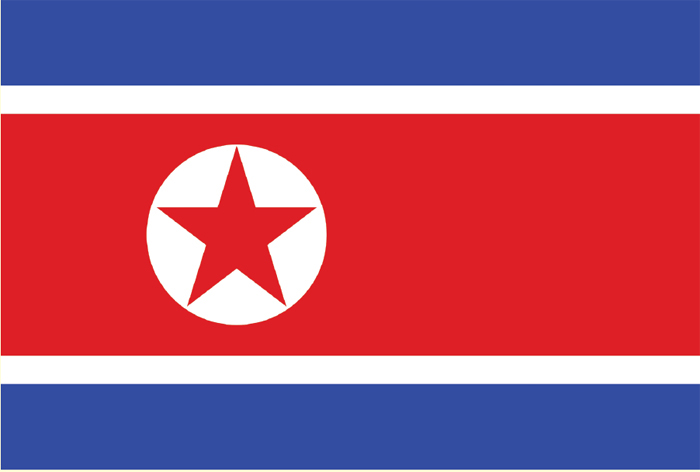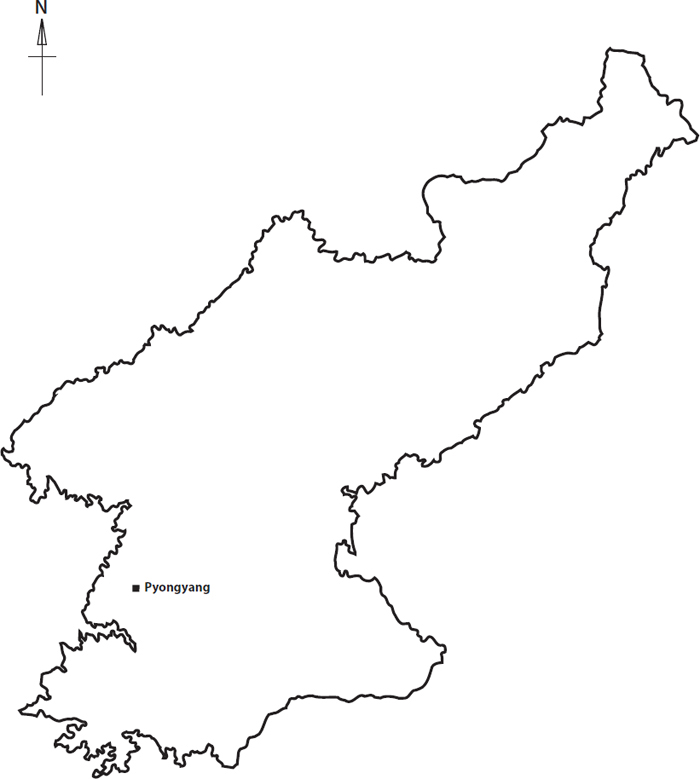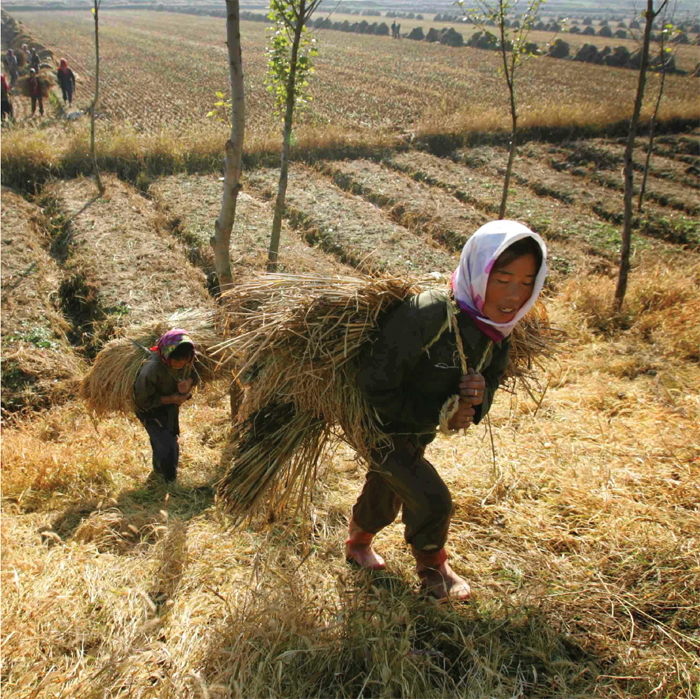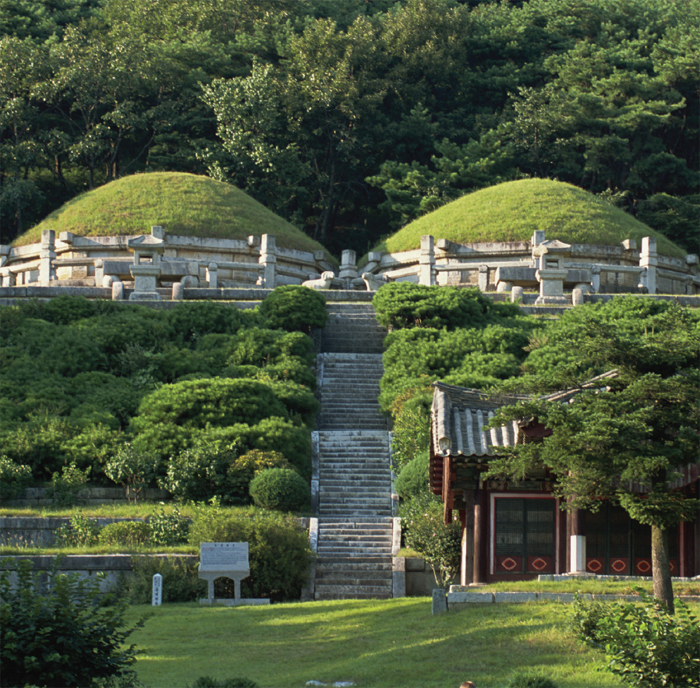Find Out More
Books
Gifford, Clive. North Korea (Global Hotspots) . New York: Marshall Cavendish Benchmark,2010.
Piddock, Charles. North Korea (Nations in the News) . Milwaukee: World Almanac Library,2007.
Santella, Andrew. The Korean War (We the People) . Minneapolis: Compass Point, 2007.
Websites
https://www.cia.gov/library/publications/the-world-factbook/index.html
Find out more by reading the CIA World Factbook entry on North Korea.
www.korea-dpr.com/
Visit North Koreas official website.
www.nationalanthems.info/kp.htm
Listen to North Koreas national anthem.
www.indiana.edu/~koreanrs/hangul.html
Learn more about the Korean language at this website.
news.bbc.co.uk/2/hi/asia-pacific/country_profiles/1131421.stm
Find out about North Korea on the BBCs website.
travel.nationalgeographic.com/travel/countries/north-korea-facts/
North Korea facts can be found on this website.
Places to visit
Most Americans will not be allowed to visit North Korea because the United Statesis considered an enemy. However, the following U.S. museums have large collectionsof Korean art:
Asian Art Museum, Chong-Moon Lee Center for Asian Art and Culture, San Francisco,California
www.asianart.org/index.html
The Asian Art Museum is one of the largest museums in the Western world devoted toAsian arts. Special family programs give children a look at the arts and festivalsof Asia, including Korea.
Korean Cultural Center of Los Angeles
www.kccla.org/english_/home_.asp
The Korean Cultural Center of Los Angeles welcomes the public to experience the richhistory and culture of Korea. They hold special programs and events.
Korean Cultural Service of New York
www.koreanculture.org/?mid=main
The Korean Cultural Service of New York provides activities related to Korean cultureincluding gallery exhibitions, performing arts concerts, film festivals, and educationalprograms.
Topic Tools
You can use these topic tools for your school projects. Trace the flag and map onto a sheet of paper, using the thick black outlines to guide you, then color in yourpictures. Make sure you use the right colors for the flag!
North Koreas flag was created in 1948. White is a traditional color of Korea. Thewhite bands stand for purity, strength, and dignity. The blue stripes represent NorthKoreas desire for peace. The red shows that the country is communist. The star representsthe Workers Party of Korea.
Contents
Some words in the book are in bold, like this . You can find out what they mean bylooking in the glossary.
Introducing North Korea
North Korea is officially called the Democratic Peoples Republic of Korea (DPRK).This country occupies the northern half of the Korean Peninsula . North and SouthKorea are separated by an artificial boundary called the Demilitarized Zone (DMZ) .The East Sea lies to the east. The Yellow Sea lies to the west. China and Russiaform the northern border. North Korea has a total area of 46,540 square miles (120,538square kilometers). That is slightly smaller than the state of Mississippi.
Land of mystery
Much about life in modern North Korea remains a mystery. This is because North Koreais one of the most isolated countries in the world. The North Korean government allowsfew outsiders to visit. Visitors must agree to travel with a North Korean official.The official, called a minder, decides where visitors can go, what they can photograph,and whom they can meet. Foreign television crews and reporters rarely visit NorthKorea. North Koreans rarely travel to other countries. Most North Koreans do nothave cell phones or access to the Internet, so they do not contact family and friendsoverseas.
Daily Life
Koreans greet one another with a simple bow. Children bow to their parents, teachers,and leaders. In North Korea, pictures of the current leader, Kim Jong Il, and hisfather, Kim Il Sung, are displayed in homes, public buildings, and on outdoor posters.Children and adults bow before these pictures as a sign of respect.
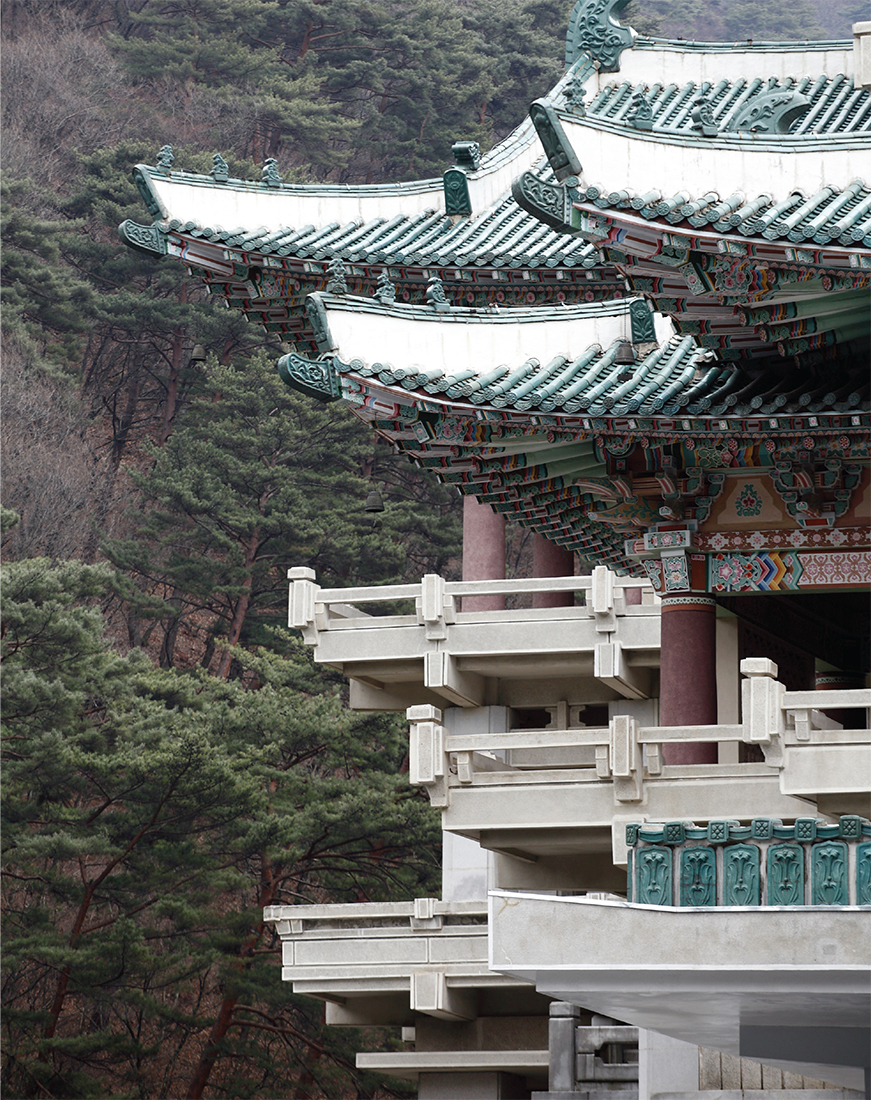
Many ancient buildings, such as this one built in 1042, still exist throughout NorthKorea.
History: The Hermit Kingdom
The ancestors of todays Koreans came from Asia sometime between 8,000 and 4,000 BCE . They lived along rivers and coasts, and they used polished stones as tools andweapons. Around 3,000 BCE, others arrived from Manchuria, Mongolia, and southernSiberia. They built walled towns, raised animals, and introduced weaving.
Early kingdoms
The walled towns became powerful kingdoms. North Koreans believe that the Koreannation began in 2333 BCE. At that time, a king named Dangun (also called Tangun)founded the Old Joseon (also called Old Choson) Kingdom, near present-day Pyongyang.This was a very powerful kingdom. By 300 BCE, Joseon warriors rode horses and usediron weapons to fight neighboring Chinese kingdoms. In 108 BCE, Chinas Han Dynasty (206 BCE220 CE ) moved south and took control of Korea. Chinese culture influencedlife on the Korean Peninsula . At this time, Korean farmers began growing rice.
Eventually, people living along the northwest border challenged the Han Dynasty.The Korean kingdom of Goguryeo (also called Koguryo) was founded in 37 BCE. The cityof Lolang (near present-day Pyongyang) became the capital in 370 CE. Two other kingdomsSillaand Baekje (also called Paekche)joined Goguryeo in ruling Korea.
DANGUN
According to legend, Dangun was the child of a bear who had become human. His fatherwas Hwanung, the God of All and Ruler of Heaven. Dangun became a wise and powerfulleader. Legend claims that he died at the age of 1,908 and became a mountain god.The North Korean government recently claimed to have found Danguns grave.
Rice growing began during Chinas Han Dynasty rule. These workers are harvestingrice in fields just outside the North Korean capital of Pyongyang.
This is the tomb of King Kongmin (also called Gongmin), who ruled during the GoryeoDynasty, from 1351 until 1374.
Later kingdoms
In 668 CE, the Later Silla Dynasty took control. Silla kings ruled for about 250years. In 918 the Goryeo (also called Koryo) Dynasty took over. Goryeo kings tradedgold and silver with China for beautiful silks and porcelain. Despite many challengesfrom the Mongols (people from Mongolia) and Japanese, the Goryeo Dynasty lasted nearly500 years. The English word Korea comes from the native Korean word Goryeo .
In 1392 the new Joseon Dynasty took control. Joseon kings extended Koreas bordersto the north. The arts flourished. So did science and medicine. In 1446 the Koreanalphabet, the Hangeul (also called Hangul), was created.

